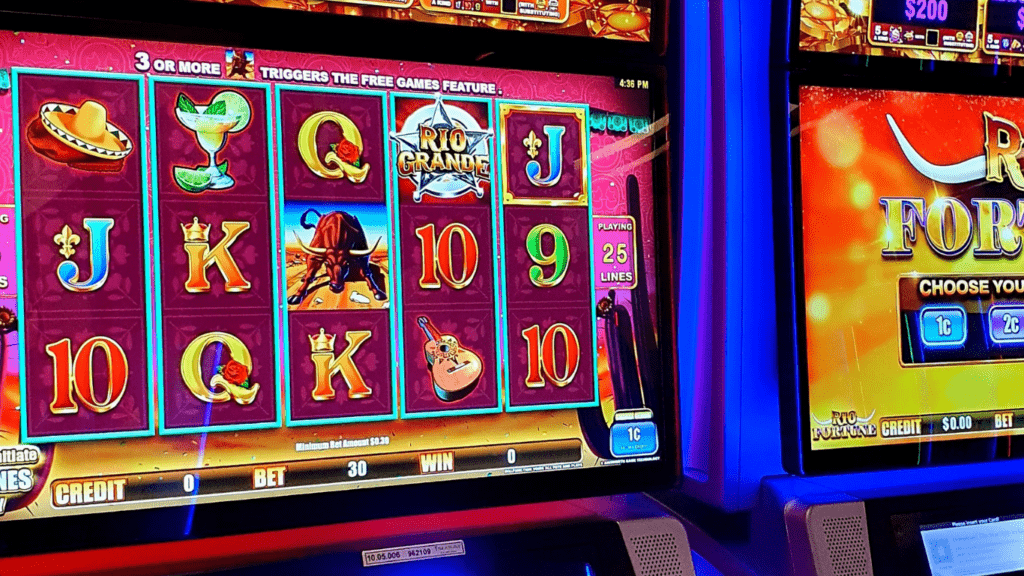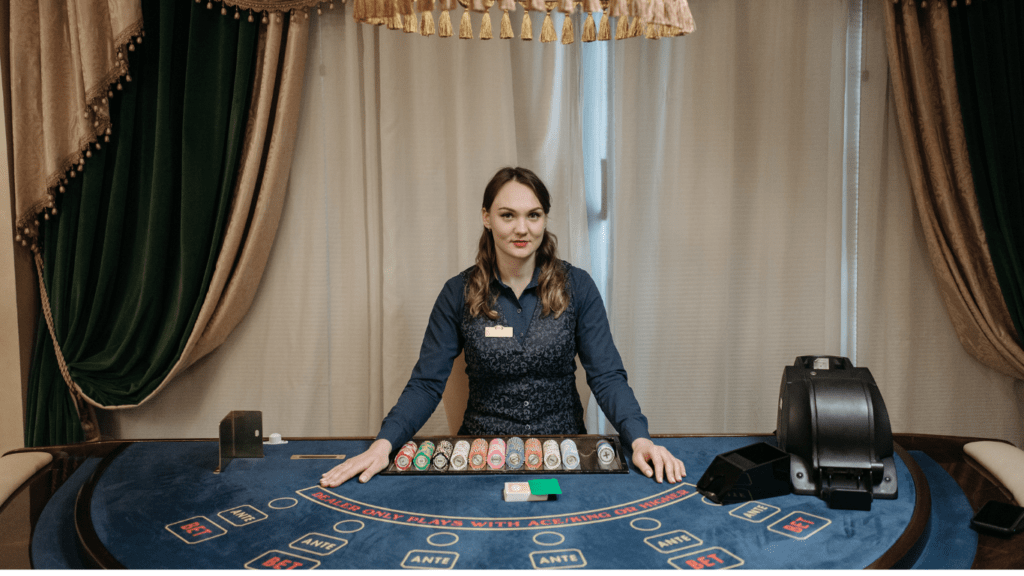The Role of a Casino Game Developer
Casino game developers design and build slot games, blending creativity and technical skills. They start with an idea, transforming it into an engaging game through several critical steps.
Game Concept and Design
Developers brainstorm game themes and mechanics. They aim to create unique, appealing experiences. Themes range from ancient civilizations to futuristic worlds. Mechanics define how a game plays, including paylines and bonus features.
Coding and Programming
Developers write code to bring the game to life. They use programming languages like C++ and JavaScript. This step involves creating algorithms that determine game behavior. Developers ensure the game runs smoothly on various platforms.
Graphic Design and Animation
Graphic designers and animators work on the visual elements. They create graphics for symbols, backgrounds, and animations. High-quality visuals make games more immersive and appealing.
Sound Design
Developers collaborate with sound designers to add audio. Sound effects and music enhance the gaming experience. They match the game’s theme and improve player engagement.
Testing and Quality Assurance
Developers conduct extensive testing. They ensure games function correctly and meet industry standards. Quality assurance teams check for bugs and compliance with regulations.
Compliance and Certification
Games undergo certification to meet legal requirements. Developers work with regulatory bodies to ensure games are fair and transparent. This step is crucial for maintaining player trust and industry reputation.
Creating slot games involves a team of skilled professionals. Developers coordinate efforts to deliver visually stunning, engaging, and reliable games.
Conceptualizing a Slot Game
Conceptualizing a slot game is the first critical phase in its creation. During this phase, developers focus on gathering market insights and brainstorming captivating themes and storylines.
Market Research
Developers start by analyzing market trends. They examine popular games, player preferences, and emerging trends. This analysis extends to studying successful slot games, identifying unique features and mechanics that attract players. Tools like player surveys and competitive analysis provide concrete data. Understanding demographic specifics helps in designing a game that appeals to the target audience.
Game Themes and Storylines
Choosing an engaging theme is essential. Developers brainstorm and select themes that resonate with players, like:
- mythology
- pop culture
- adventure
Storylines add depth, transforming simple slots into immersive experiences. For example, an Egyptian theme might follow an explorer uncovering ancient treasures. These narratives keep players engaged and encourage continued play. Integrating the storyline with game mechanics creates a cohesive and compelling slot game.
Game Design and Development

Game design and development encompass multiple disciplines to bring a slot machine to life. This process uses art, technology, and psychology to ensure games are captivating and functional.
Graphics and Animations
Graphics and animations inject visual appeal into slot games. Artists craft high-resolution images, icons, and backgrounds that align with the chosen themes, such as mythology or adventure. Animators then create dynamic motion graphics for reels, symbols, and winning sequences. For instance, a Norse mythology-themed slot might feature Thor wielding his hammer, striking lightning when players win.
Sound Design and Music
Sound design and music provide an auditory dimension that enhances the player’s immersion. Sound designers produce effects like chimes for wins and clicks for reel spins. Composers create thematic music that complements the game’s universe, adding depth to player experiences. For example, an adventure-themed slot might use orchestral scores to convey excitement and mystery.
Coding and Software Engineering
Coding and software engineering form the backbone of slot games. Developers code the game logic, random number generators, and user interfaces ensuring fair gameplay and engaging user experiences. They utilize programming languages like C++ and JavaScript, integrating the game components into a seamless experience. Rigorous testing follows to identify bugs and ensure regulatory compliance.
Through collaboration across these areas, developers create slot games that are visually stunning, audibly engaging, and technically sound, ensuring players have an immersive and reliable gaming experience.
Testing and Quality Assurance
Testing and quality assurance (QA) ensure that slot machines are free from bugs and deliver fair gameplay.
Beta Testing
Beta testing allows developers to identify and fix issues. Teams release a pre-final version of the slot game to a limited audience. This audience, often comprising experienced players, provides feedback on game mechanics, user interface, and overall experience. Developers then prioritize and resolve reported bugs and inconsistencies to improve the game’s stability and playability before the official launch.
Regulatory Compliance
- Regulatory compliance ensures the slot game adheres to industry standards and legal requirements.
- Developers submit the game to certification bodies that check for fairness, security, and randomness.
- This process involves rigorous testing of the random number generator (RNG) and payout calculations.
- Compliance with these regulations is vital for gaining the necessary approvals to operate in various jurisdictions, maintaining the casino’s reputation, and ensuring player trust in the game’s fairness.
Launch and Post-Launch Activities
Once a slot game is fully developed and tested, it’s ready for launch. Launching a slot game involves several strategic steps and continuous post-launch activities to ensure ongoing success. Below are critical components of these stages.
Marketing Strategies
Effective marketing is crucial for the launch of a slot game. I focus on creating a buzz around the game through multiple channels. Social media campaigns, email newsletters to existing users, and collaborations with influencers draw attention. Press releases in industry publications and blogs also garner interest. Offering limited-time promotions or bonuses encourages players to try the new game immediately after launch.
User Feedback and Updates
Post-launch, gathering user feedback is essential. I monitor player reviews, social media comments, and in-game metrics to understand user satisfaction and spot areas for improvement. Regular updates address bugs, introduce new features, and keep the game fresh. User engagement increases when developers incorporate feedback and continually enhance the gaming experience. This approach ensures that the game remains competitive in an ever-evolving market.



 Sienna Lyne
Author
Sienna Lyne is the talented author behind Bet Wise Daily's engaging and informative content. With a background in journalism and a keen interest in the gambling world, Sienna excels at crafting articles that are both insightful and accessible. Her work covers a wide range of topics, from the latest casino developments to in-depth features on gambling strategies. Sienna's meticulous research and sharp writing skills make her a valuable asset to the team, providing readers with trustworthy information and thought-provoking analysis.
Sienna Lyne
Author
Sienna Lyne is the talented author behind Bet Wise Daily's engaging and informative content. With a background in journalism and a keen interest in the gambling world, Sienna excels at crafting articles that are both insightful and accessible. Her work covers a wide range of topics, from the latest casino developments to in-depth features on gambling strategies. Sienna's meticulous research and sharp writing skills make her a valuable asset to the team, providing readers with trustworthy information and thought-provoking analysis.
